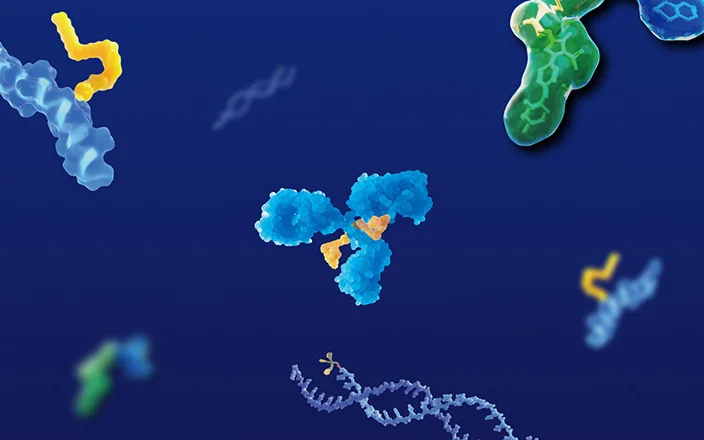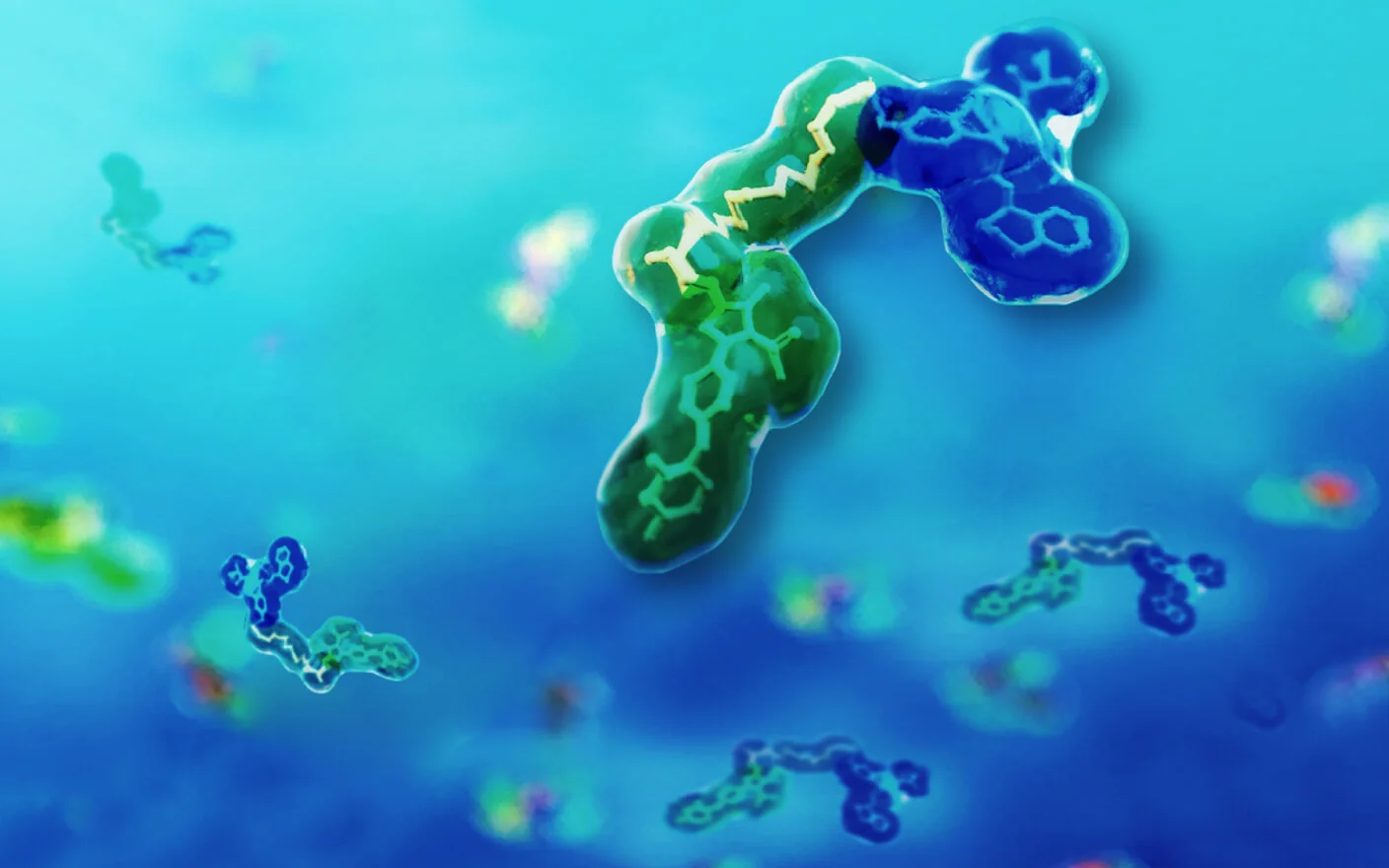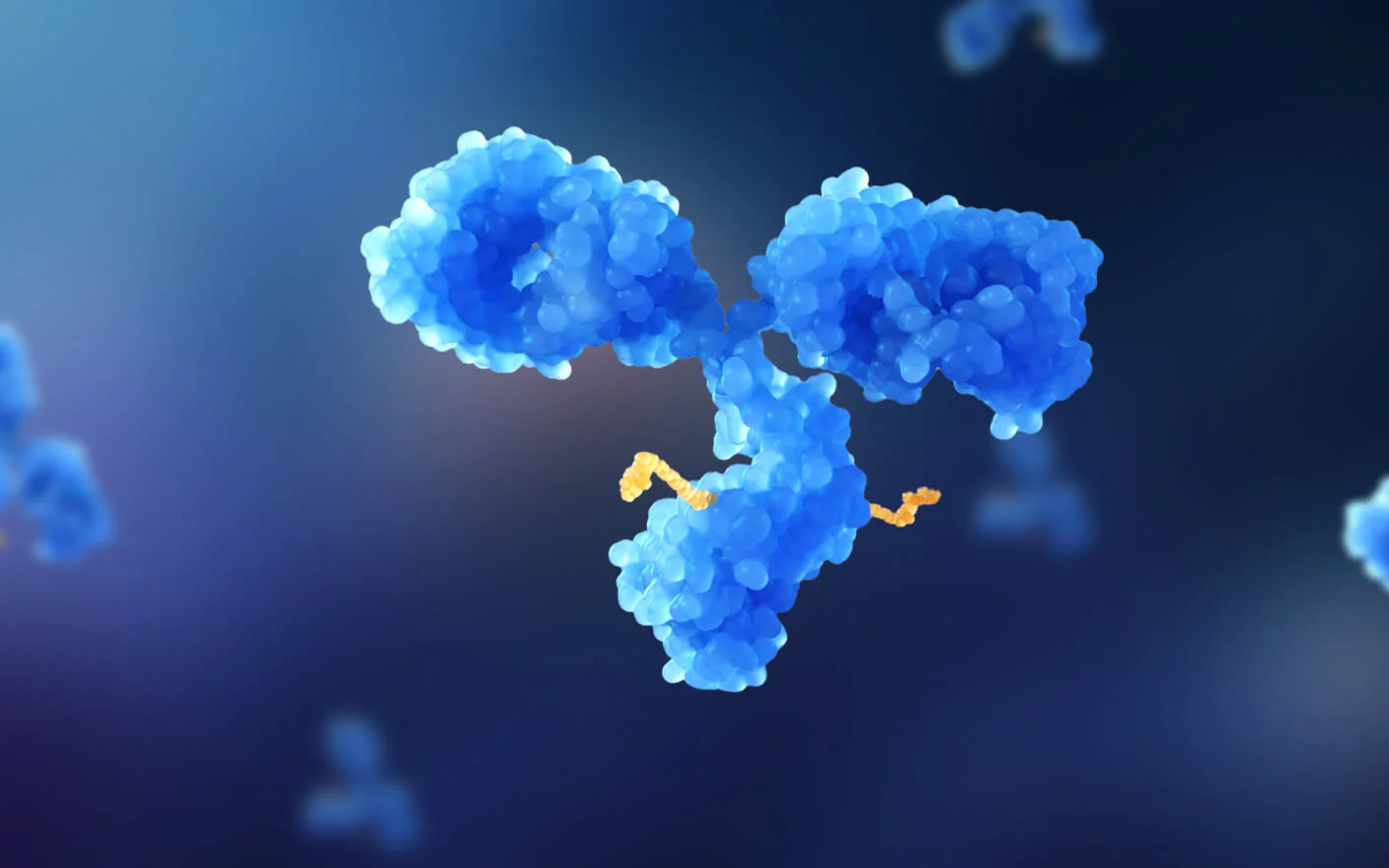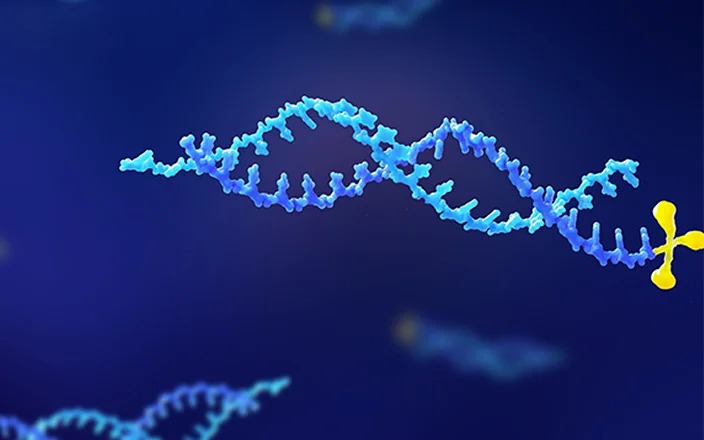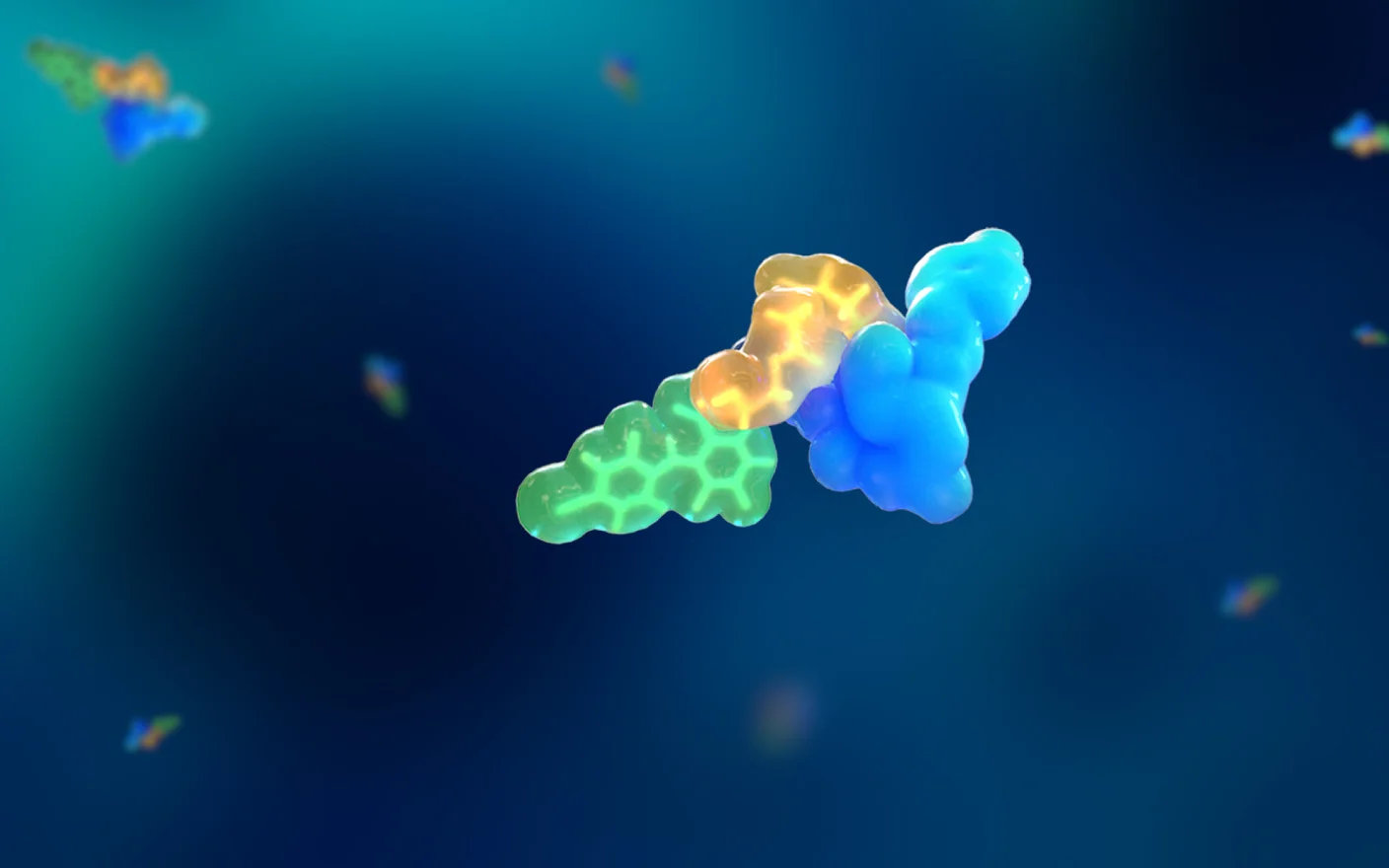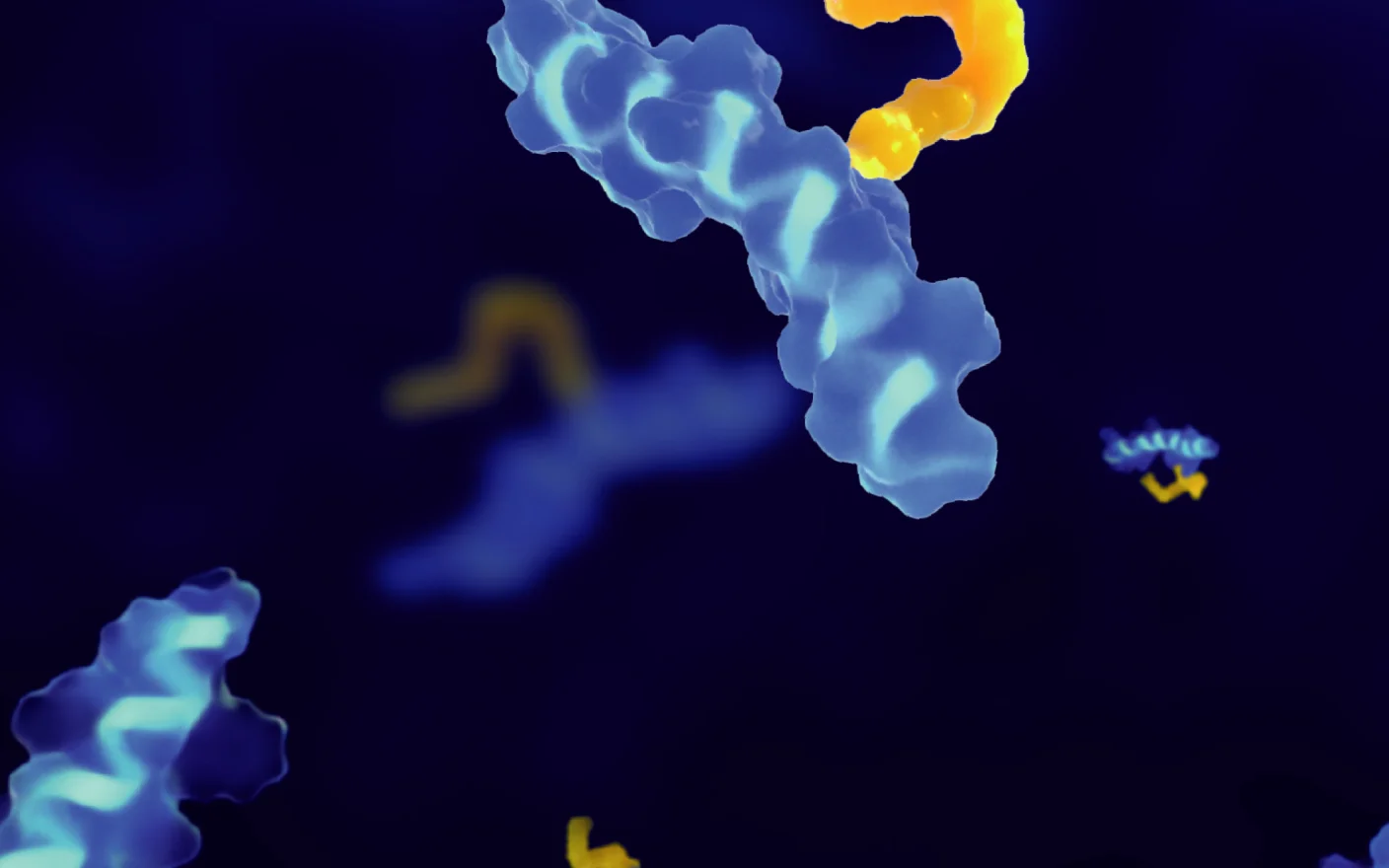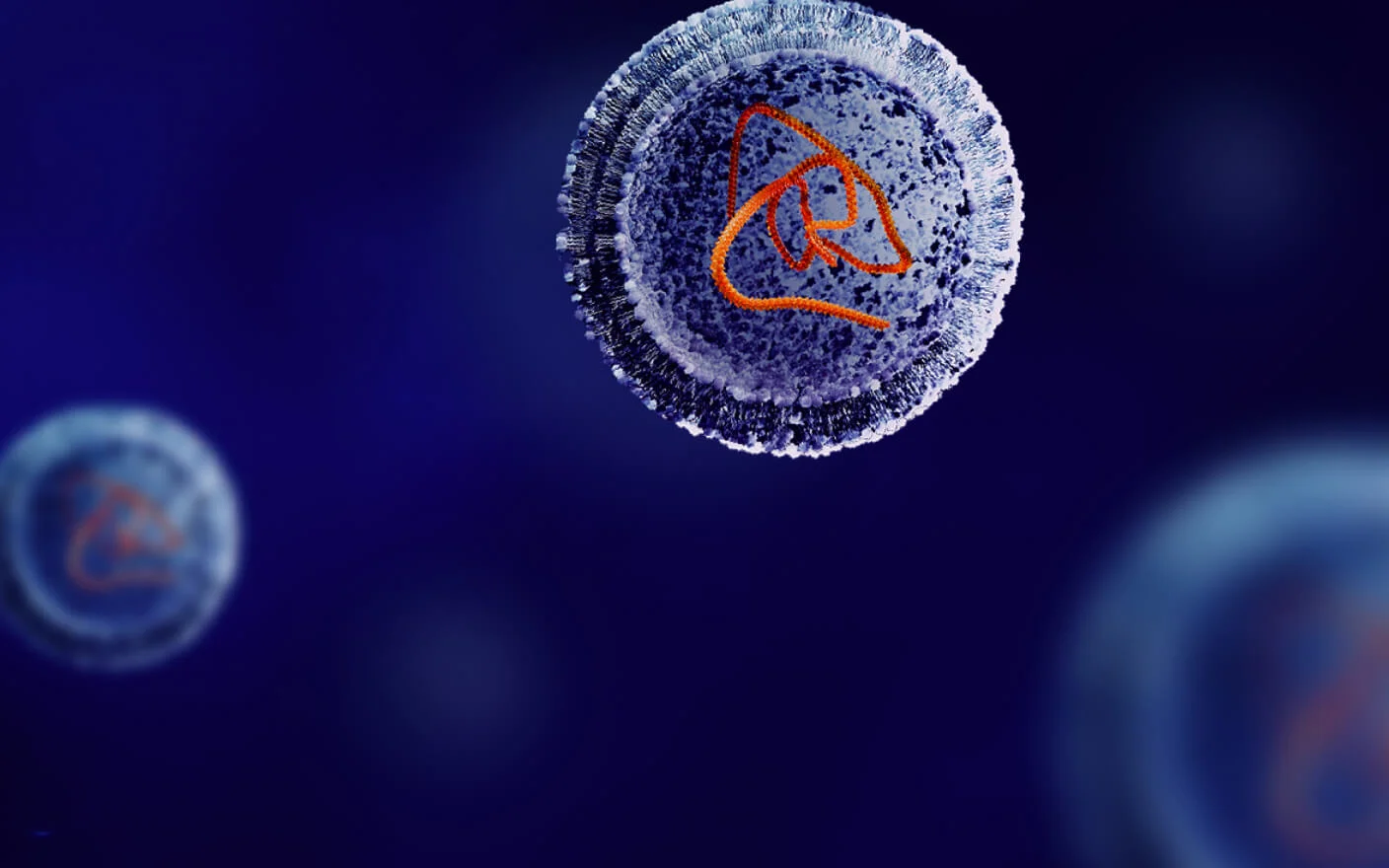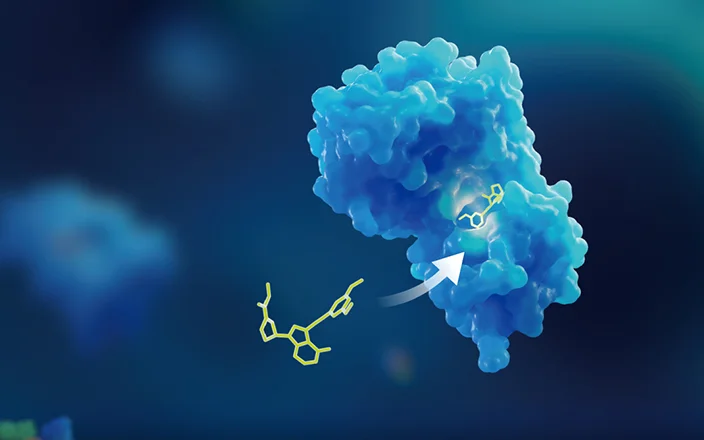With the extraordinary clinical success of two mRNA vaccines, mRNA-based therapeutics are experiencing a global development boom. mRNA offers enormous potential in the vaccine and therapeutic drug fields. Theoretically, mRNA can encode any protein; thus, all protein-based therapeutics can potentially be replaced by mRNA-based therapeutics. Moreover, mRNA can express therapeutic proteins within target cells, thereby overcoming the challenge associated with delivering proteins to intracellular targets. Compared with protein-based drugs, mRNA-based therapeutics offer considerable advantages, such as cost-effectiveness and a shorter development cycle. As mRNA-based therapeutics are promising, it is significant to know how to conduct the PK evaluation for this new modality.
Types and properties of mRNA-based therapeutics:mRNA vaccines and mRNA therapeutic drugs
mRNA-based therapeutics can be classified into two categories based on the encoded protein type. The first category is known as mRNA vaccines, which encode antigenic proteins. Depending on the type of disease, they can be further divided into infectious disease vaccines and tumor vaccines. The second category refers to mRNA therapeutic drugs, which encode non-antigenic proteins. This category can be subdivided into mRNA-encoded antibodies, enzymes, cytokines, growth factors, and gene-editing proteins. For each of these types, there are currently some drugs that have entered the clinical stage.1,2

Figure 1. Classification of mRNA-based therapeutics.
Several differences exist between mRNA vaccines and therapeutic drugs. First, mRNA vaccines encode antigenic proteins and generally require only a low level of protein expression to exert their effects. The induction of antigenicity in the body reflects their efficacy. In contrast, mRNA therapeutic drugs generally require a high level of protein expression. And it is desirable to minimize the stimulating immunogenicity, as that may reduce the concentration of the therapeutic protein. Second, vaccines do not require tissue-specific delivery, but mRNA therapeutic drugs must be delivered to specific tissues for translation. Third, most vaccines are injected into muscles because muscle tissue has extensive blood flow and high levels of infiltrating immune cells. Whereas, mRNA therapeutic drugs are mostly administered systemically or topically to target tissues according to their therapeutic purpose. Overall, mRNA vaccine development technology has been well established, whereas the development of mRNA therapeutic drugs has faced several challenges, including improving protein expression levels, reducing immunogenicity, improving tissue targeting, exerting long-term effects, and improving long-term safety for repeated use.
Insights into PK studies of mRNA-based therapeutics
According to relevant technical guidelines for vaccines issued by the Food and Drug Administration (FDA) and the National Medical Products Administration (NMPA), vaccines do not usually require PK studies, but several specific vaccines, including mRNA vaccines, need biodistribution studies. From the mechanism of action of mRNA, mRNA vaccines encode antigen proteins and utilize the immune system to exert their amplification effects. The duration of efficacy is not directly related to the expression level and duration of the antigen. Moreover, mRNA therapeutic drugs encode functional proteins that directly exert their effects. The duration of their efficacy is related to the level and duration of protein expression, which suggests a dose-effect relationship. This also leads to that mRNA vaccines typically do not require PK studies, while PK studies of mRNA therapeutic drugs are conducive to understanding the dose-response relationship of the drugs.
The structure of mRNA-based therapeutics also affects PK studies. A complete mRNA structure contains five components, including a 5ʹ cap structure, 5ʹ and 3ʹ untranslated regions (UTRs), a coding region, and a 3ʹ poly(A) tail region. Several strategies have been developed to optimize mRNA structures as below. From the perspective of PK studies, the administration dose of amplified mRNA is relatively low, which requires higher detection sensitivity. PCR amplification of circular mRNA needs to comprise the Junction site to demonstrate its circularization feature.
-
5ʹ cap and 3ʹ tail modifications improve mRNA stability.
-
5ʹ UTR and 3ʹ UTR optimizations improve translation efficiency.
-
Chemical modification of the coding region improves translation efficiency and reduces innate immunity.
-
Self-amplifying mRNA and trans-amplifying mRNA
-
Circular mRNA

Figure 2. Structures of mRNA-based therapeutics and common optimization strategies.2
The development of mRNA delivery systems is also one of the hotspots in research and development. Single-stranded mRNA is easily degraded by nucleases and its highly electronegative property makes it difficult to cross the cell membrane. Thus, it needs specific carriers to deliver into target cells. The most commonly used delivery system is lipid nanoparticles (LNPs), and extracellular vesicles for delivering mRNA include exosomes, bionic vesicles, and even cells. PK studies have primarily focused on the LNP delivery system because one of its principal constituents, ionizable cationic lipids, predominantly contribute to cytotoxic effects, whereas PEGylated lipids tend to cause immunogenicity. If the cationic lipids or other LNP components are novel pharmaceutical excipients, it is necessary to follow the Guidelines “Nonclinical Studies for the Safety Evaluation of Pharmaceutical Excipients”, which mandate that “ It is recommended that the absorption, distribution, metabolism, and excretion of the excipient be studied following administration by the clinically relevant routes to the same species that are used in the nonclinical safety studies”.

Figure 3. Illustrated composition of the lipid nanoparticle (LNP) delivery system.2
PK studies and case analysis of mRNA-based therapeutics
PK studies typically include assessments of absorption, distribution, metabolism, excretion (ADME), and drug-drug interactions (DDI), as shown in Table 1. For mRNA vaccines, PK studies are not required, while only biodistribution studies typically need to be conducted. For mRNA therapeutic drugs, studies of absorption and distribution are necessary. For novel pharmaceutical excipients, a complete ADME study is essential. The potential drug-drug interaction risk of pharmaceutical excipients needs to be assessed on a case-by-case basis.
|
Pharmacokinetic study content |
mRNA vaccines |
mRNA therapeutic drugs |
New pharmaceutical excipients |
|
Absorption |
× |
√ |
√ |
|
Distribution |
√ |
√ |
√ |
|
Metabolism |
× |
× |
√ |
|
Excretion |
× |
× |
√ |
|
Drug interactions |
× |
× |
Optional |
|
Common bioanalytical methods |
qPCR, bDNA, ddPCR, in vivo imaging, LBA |
qPCR, bDNA, ddPCR, in vivo imaging, LBA |
LC-MS/MS, Radioactivity analysis |
Table 1. PK studies of mRNA drugs
*qPCR, quantitative polymerase chain reaction; bDNA, branched DNA; ddPCR, droplet digital polymerase chain reaction; LBA, ligand binding assay; LC-MS/MS, liquid chromatography tandem mass spectrometry
Case study 1: Biodistribution study of mRNA vaccines
The left panel of Figure 4 shows the biodistribution of the BNT162b2 vaccine, which was studied using an LNP-encapsulated luciferase mRNA substitution. Theoretically, the role of LNP decides the tissue specificity of delivery, and loading different mRNAs does not affect the delivery result. Therefore, the tissue-specific expression of luciferase mRNA can reflect the biodistribution of mRNA delivered by the same LNP. The detection method for this study was in vivo bioluminescence imaging. The right panel of Figure 4 shows the biodistribution results presented in the mRNA-1273 application files. These results were also generated using an LNP-encapsulated alternative mRNA with a bDNA-based detection method. The comparison of the biodistribution results of these two approved mRNA vaccines shows that in vivo imaging lacks sensitivity and precision in the study of tissue distribution analysis. Furthermore, in vivo imaging differs from conventional bioanalytical methods in that validation of the analytical methodology cannot be conducted.

Figure 4. Biodistribution studies of approved mRNA vaccines.1
Case study 2: Absorption and distribution studies of mRNA therapeutic drugs
NTLA-2001 is an LNP-encapsulated gene-editing mRNA therapeutic drug in clinical Phase I that contains both a Cas9-protein-encoding mRNA and a single guide RNA. Preclinical data for this drug reveals the researchers measured the concentration for the two mRNA strands in plasma and liver tissues in mice and cationic lipids in the liver after intravenous injection of NTLA-2001. The pharmacodynamic (PD)-relevant indices were also measured, including the gene-editing rate and the PD marker concentrations in serum. The results demonstrate that this LNP system can deliver CRISPR/Cas9 components to achieve clinically relevant levels of in vivo genome editing with a concomitant reduction of TTR serum protein. The concentrations of mRNA in the plasma and liver decreased significantly at 24 h after dosing, and the cationic lipid concentrations in the liver decreased to a low level at 48 h after dosing. In contrast, a lag was observed in the detected gene-editing rate and PD marker concentration (indicating drug efficacy), with the maximum drug efficacy achieved at 168 h after dosing.

Figure 5. PK and PD studies of NTLA-2001 in CD-1 mice.1
sgRNA, single guide RNA; IV, intravenous; LNP, lipid nanoparticle; PD, pharmacodynamic
Case study 3: Biodistribution comparison of mRNA and protein
It is critical to know whether the distribution patterns of the mRNA and protein are identical. Figure 6 demonstrates the distribution of the mRNA and its encoded protein in different tissues using lipid nanoparticles (LNP) composed of three different cationic lipids to deliver mRNA. The mRNA distribution and protein distribution were not identical. The liver was the tissue with the highest mRNA distribution, whereas the lung was the tissue with the highest protein expression level. Translation efficiency from mRNA to protein expression may vary in different tissues. It is vital for the analysis of biodistribution studies of mRNA therapeutic drugs to combine biodistribution results of mRNA and protein. Specifically for mRNA therapeutic drugs, the expression amount and duration of the encoded protein in the target tissue affect the generation and duration of drug efficacy. Alternative approaches for biodistribution studies of mRNA vaccines may not apply to mRNA therapeutic drugs.

Figure 6. The distribution of mRNA and its encoded protein in different tissues.3
Strategies for preclinical PK assessment of mRNA vaccines, mRNA therapeutic drugs, and novel excipients.
Preclinical PK studies of mRNA-based therapeutics can be divided into three types, focusing on mRNA vaccines, mRNA therapeutic drugs, and novel excipients.
-
It is necessary for mRNA vaccines to conduct biodistribution studies using the traditional tissue harvesting method, in vivo imaging method, or LNP-encapsulated alternative mRNAs.
-
PK and biodistribution studies are necessary for mRNA therapeutic drugs. The mRNA, the encoded protein, immunogenicity, and disease-related biomarkers can be detected in plasma PK studieswhich need to be analyzed according to the mechanism of drug action, the purpose of the assay, and the difficulty of detection. Biodistribution studies can first examine mRNA distribution, and then investigate the concentrations of the encoded proteins or biomarkers in key tissues based on the mRNA distribution results.
-
Studies of novel excipients include in vitro, in vivo, and drug interaction studies. In vitro studies include metabolic stability studies and metabolite identification in various systems. In vivo studies include absorption, distribution, metabolism, and excretion studies in animals to characterize the in vivo processes. Drug interactions of novel excipients are examined depending on the degree of risk. In general, the mRNA vaccine dosing frequency is low, with long dosing intervals, resulting in a low drug interaction risk for novel excipients. However, for mRNA therapeutic drugs that require long-term repeated dosing, an assessment of drug interactions is recommended for novel excipients.

Figure 7. Preclinical PK evaluation strategies for mRNA-based therapeutics
To evaluate the PK profiles of mRNA-based therapeutics, WuXi AppTec DMPK has established an integrated bioanalytical platform, including quantitative (q)PCR and bDNA methods for plasma or tissue mRNA concentration detection; mass spectrometry (MS) methods for assessing delivery vectors; ligand binding and other assays for translated protein assessments; and platforms for biomarker detection, immunogenicity analysis, and radioactivity analyses. These platforms could meet the requirements of various mRNA drug PK studies. Currently, there are no regulations specifically for qPCR analysis of mRNA. We developed an internal standard by referring to the consensus on qPCR method validation provided by the Global CRO Council in Bioanalysis (GCC). Based on the establishment of an integrated analytical platform and our extensive experience in PK studies of mRNA drugs, we are capable of assisting our clients in shortening the development cycle of mRNA-based drugs.

Figure 8. Integrated bioanalytical platform for mRNA-based therapeutics.
*DMPK, Drug Metabolism and Pharmacokinetics Division; qPCR, quantitative polymerase chain reaction; bDNA, branched DNA; LC-MS/MS, liquid chromatography tandem mass spectrometry; LBA, ligand binding assay; LC-HRMS, liquid chromatography with high-resolution mass spectrometry; QWBA, quantitative whole-body autoradiography
If you want to learn more details about the strategies for mRNA, please talk to a WuXi AppTec expert today to get the support you need to achieve your drug development goals.
Authors: Liping Ma, Huan Liu, Jing Jin
Committed to accelerating drug discovery and development, we offer a full range of discovery screening, preclinical development, clinical drug metabolism, and pharmacokinetic (DMPK) platforms and services. With research facilities in the United States (New Jersey) and China (Shanghai, Suzhou, Nanjing, and Nantong), 1,000+ scientists, and over fifteen years of experience in Investigational New Drug (IND) application, our DMPK team at WuXi AppTec are serving 1,500+ global clients, and have successfully supported 1,200+ IND applications.
Reference
[1] Barbier AJ, Jiang AY, Zhang P, Wooster R, Anderson DG. The clinical progress of mRNA vaccines and immunotherapies. Nat Biotechnol. 2022 Jun;40(6):840-854. doi: 10.1038/s41587-022-01294-2. Epub 2022 May 9. PMID: 35534554.
[2] Rohner E, Yang R, Foo KS, Goedel A, Chien KR. Unlocking the promise of mRNA therapeutics. Nat Biotechnol. 2022 Nov;40(11):1586-1600. doi: 10.1038/s41587-022-01491-z. Epub 2022 Nov 3. PMID: 36329321.
[3] BNT162b2, Module 2.4. Nonclinical Overview.
[4] Finn JD, Smith AR, Patel MC, Shaw L, Youniss MR, van Heteren J, Dirstine T, Ciullo C, Lescarbeau R, Seitzer J, Shah RR, Shah A, Ling D, Growe J, Pink M, Rohde E, Wood KM, Salomon WE, Harrington WF, Dombrowski C, Strapps WR, Chang Y, Morrissey DV. A Single Administration of CRISPR/Cas9 Lipid Nanoparticles Achieves Robust and Persistent In Vivo Genome Editing. Cell Rep. 2018 Feb 27;22(9):2227-2235. doi: 10.1016/j.celrep.2018.02.014. PMID: 29490262.
[5] Zadory M, Lopez E, Babity S, Gravel SP, Brambilla D. Current knowledge on the tissue distribution of mRNA nanocarriers for therapeutic protein expression. Biomater Sci. 2022 Oct 25;10(21):6077-6115. doi: 10.1039/d2bm00859a. PMID: 36097955.
Related Services and Platforms




Stay Connected
Keep up with the latest news and insights.





